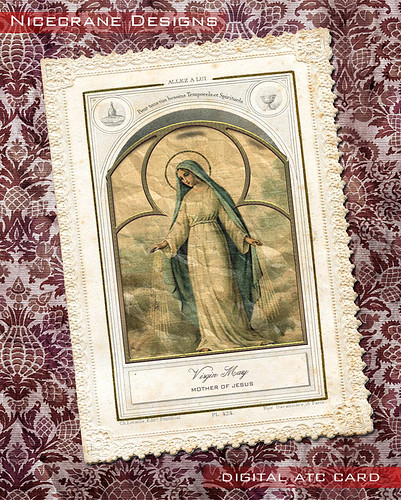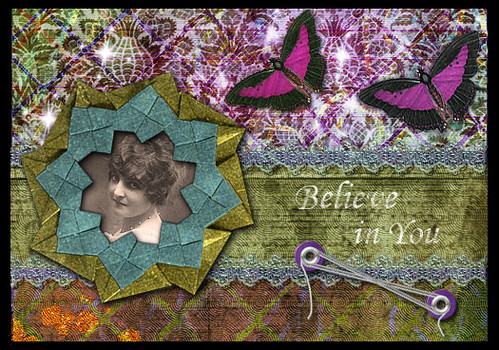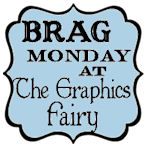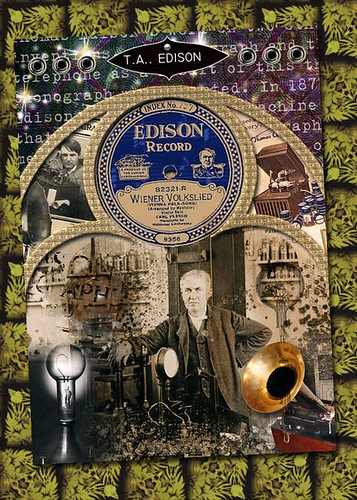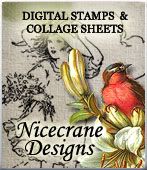A few post ago I designed an awesome and incredible Gothic Arch ,,,I called to it "Trefoil Ornament",,,,,,,,,,inspired on Acient Cathedrals...so I wanted to show you how is possible to make beautiful and unique ATc cards,,,,,,,using this incredible tool.......here is my new ATC card...
I used two awesome pictures from The Graphics Fairy site,,,,,a vintage french holy card,, and a gorgeus pict of the Virgin Mary.


